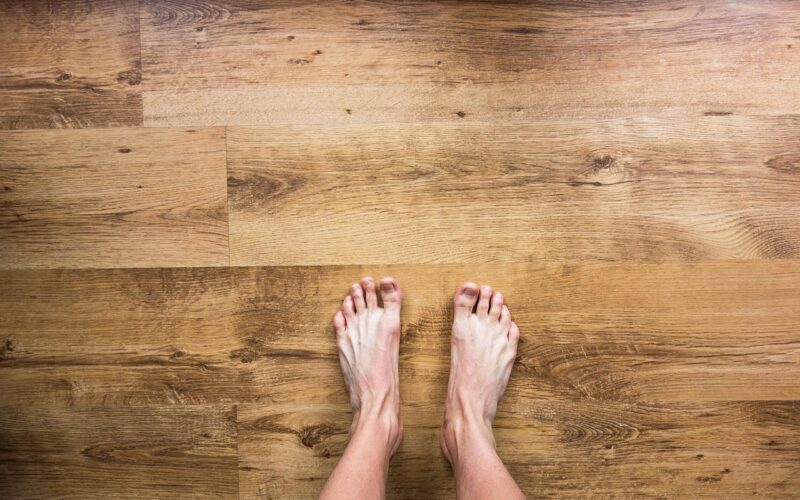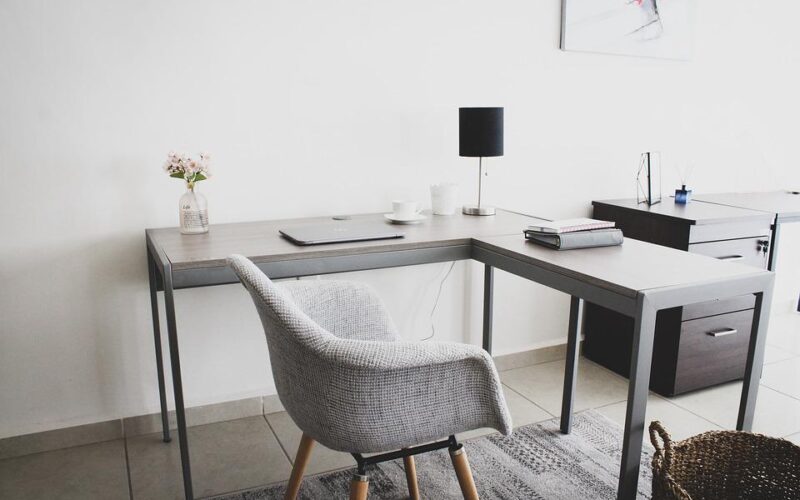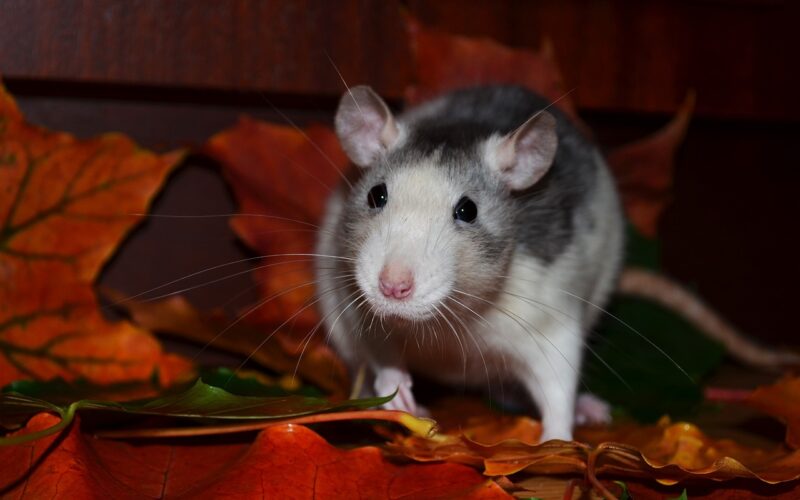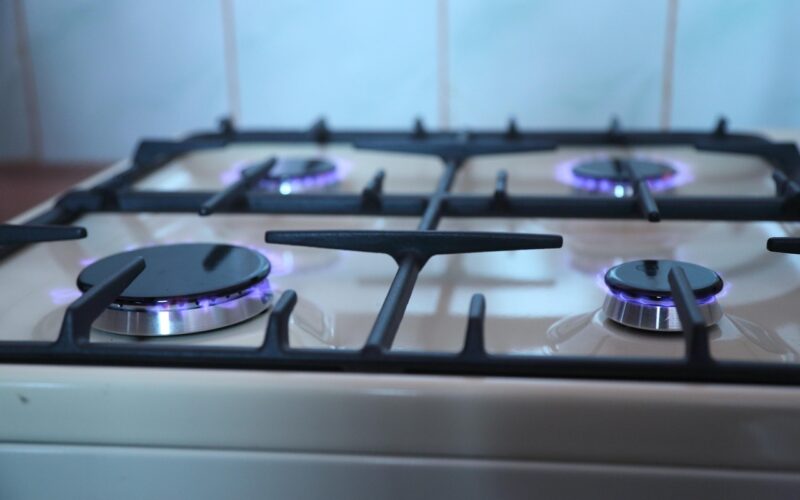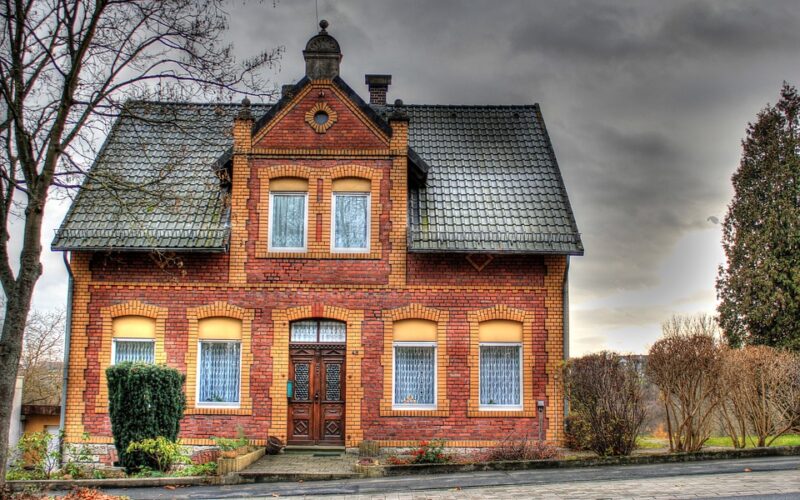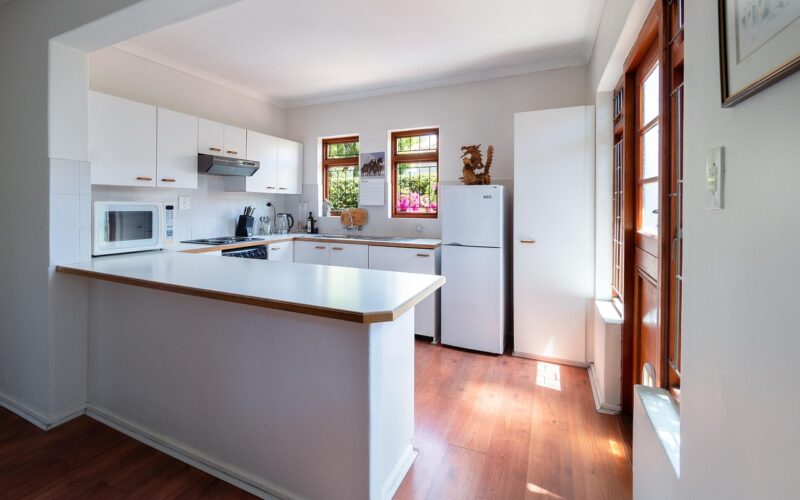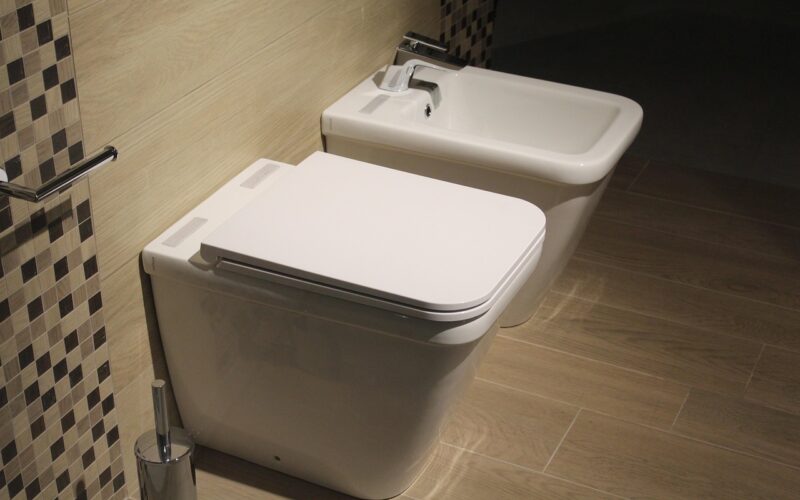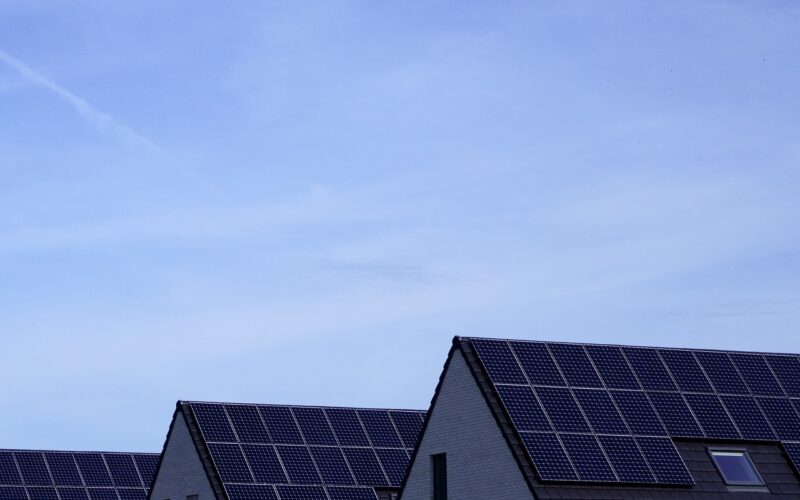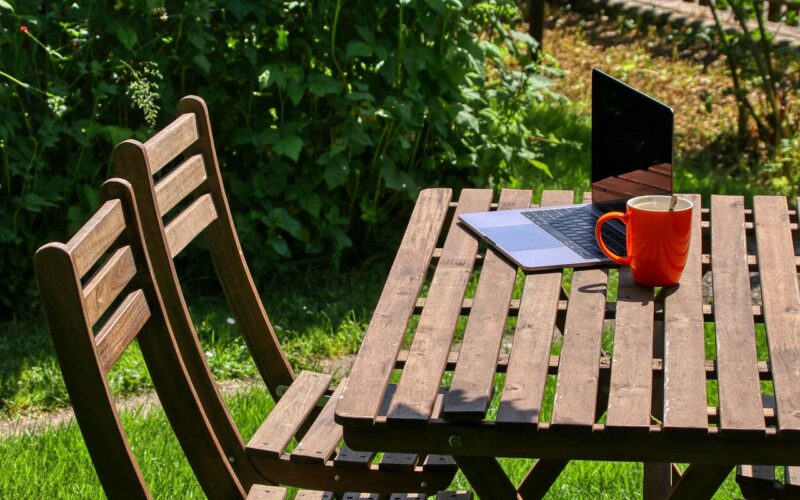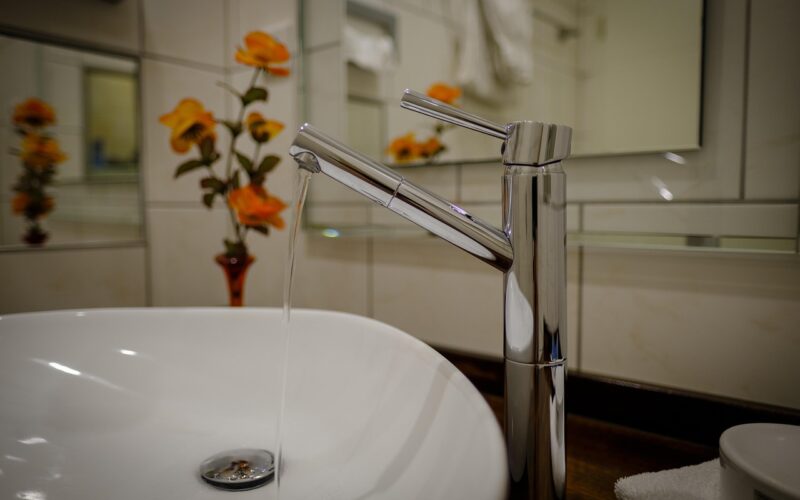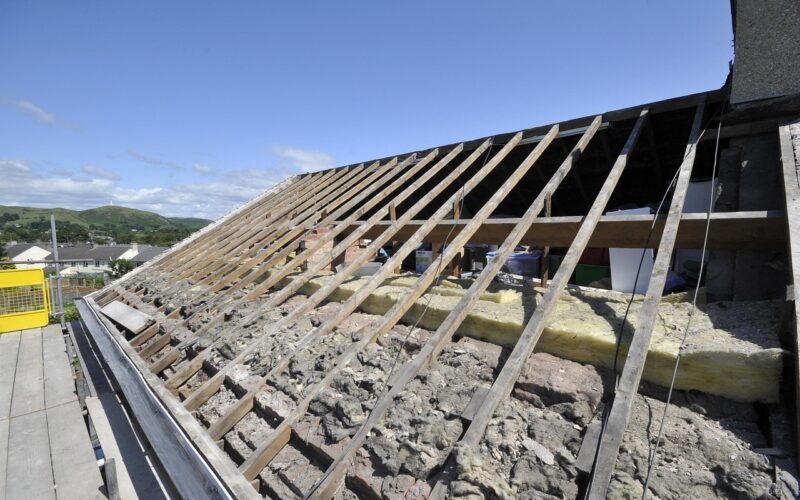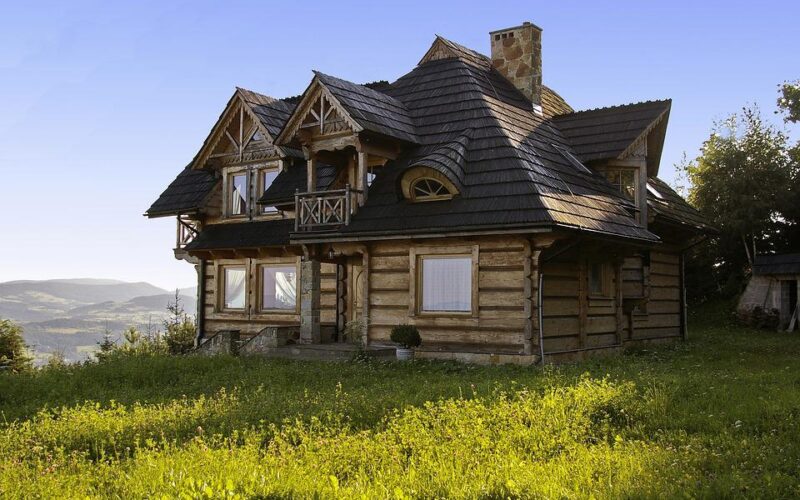Cleaning Different Flooring Types
Keeping your home tidy starts from the ground up, but the right approach to cleaning floors depends entirely on the material under your feet. Establishing a proper floor cleaning routine for each surface not only keeps your space looking its best but also protects your investment by preventing long-term damage. From hardwood to carpet, each flooring type has a unique set of needs for daily care and deep cleaning. This guide outlines the ideal cleaning cadence to maintain the beauty and durability of your home's floors.
Hardwood and laminate floors
Hardwood floors require frequent, gentle attention. You should sweep or dust mop them daily to remove grit and debris that can scratch the surface. Once a week, vacuum using a soft brush attachment. For a deeper clean, mop every one to two months with a pH-neutral cleaner designed for wood, using a microfiber mop that is only slightly damp. Never use a steam cleaner, wet mop, or vinegar, as excess moisture and harsh chemicals can damage the wood's finish. For laminate, the routine is similar: daily sweeping and weekly vacuuming. You can mop laminate biweekly with a damp mop, using a cleaner made for this material to maintain its protective layer.
Tile and grout
Tile floors, common in kitchens and bathrooms, are durable but require consistent grout maintenance. Sweep or vacuum high-traffic tile areas two to three times a week to prevent dirt from grinding into the surface. A weekly mopping session with warm water and a mild detergent is usually enough to keep the tiles themselves clean. The real work is in the grout, which should be deep-cleaned every two to three months. Use a dedicated grout cleaner and a stiff brush to scrub away built-up grime and mildew. Sealing your grout annually will make future floor cleaning tasks much easier.
Vinyl and luxury vinyl plank (LVP)
Vinyl and LVP flooring are praised for their resilience and low maintenance. A daily sweep is ideal, but a thorough sweep or vacuum at least twice a week is sufficient to manage dust and dirt. For weekly cleaning, a damp mop with a simple solution of water and a few drops of dish soap or a specialized vinyl floor cleaner works perfectly. Avoid using abrasive scrubbers or "mop and shine" products, as they can leave a dull film. This simple floor cleaning routine is typically all that’s needed to keep vinyl looking new.
Natural stone floors
Flooring made from natural stone like marble, granite, or slate brings a unique elegance but is often porous and sensitive. You must sweep or dust mop daily to remove abrasive particles. For weekly cleaning, use a damp mop with a pH-neutral cleaner specifically formulated for stone. Acidic cleaners, including vinegar or lemon juice, can etch the surface and cause permanent damage. Depending on traffic, your stone floors should be professionally cleaned and resealed every one to three years to protect them from stains and wear.
Carpets and area rugs
The approach to clean carpets and rugs is different from hard surface floor cleaning. High-traffic carpeted areas should be vacuumed at least twice a week, while low-traffic rooms can be done weekly. This regular vacuuming is crucial to remove dirt particles that can cut and fray carpet fibres over time. Immediate spot treatment for spills is also essential to prevent permanent stains. To maintain carpet health and appearance, you should plan to deep clean carpets annually using a professional service or a rental machine. This removes embedded dirt and allergens that vacuums can't reach.
A consistent cleaning schedule is the key to preserving your floors. Daily sweeping for hard surfaces and weekly vacuuming for all types are foundational habits. Hardwood and laminate need a deeper clean every month or two, while tile grout benefits from quarterly scrubbing. Vinyl is the most low-maintenance, requiring little more than a weekly damp mop. Meanwhile, you should plan to clean carpets professionally each year. Following this cadence for cleaning floors will ensure they remain a beautiful and lasting feature of your home.
